Here’s What You Need To Know About Chemotherapy and Radiotherapy for Cats 2024
Cats are unfortunately not spared the scourge of cancer.
Several types of feline cancers can threaten their health and well-being. Apart from squamous cell carcinomas and soft tissue sarcomas, your pet can also be vulnerable to brain tumors, nasal tumors, mammary tumors as well as those affecting his skin.
My heart is with you if you are accompanying your kitty through this ordeal at this time. In this article, I will describe the two main conventional treatment options for feline cancer, namely chemotherapy and radiation therapy.
Can chemo and radiation therapy help with cancer's rapidly dividing cells?
Moreover, either is used as a primary treatment when it comes to getting rid of cancer cells in humans as well. But the question is: can they help your cat with cancer as a feasible treatment plan?
While we advocate for the use of natural treatment options to keep pets as healthy as can be, we also recognize the importance of conventional medicine in certain situations like cancer in dogs and cats.
Make sure you consult our complete guide on cat cancer for more information on this disease.
I put together this article to get you in on the important things you need to know about chemotherapy and radiation therapy in cats to help you decide to treat your cat's cancer.
I'll even get you in on how chemo and radiation therapy work, as well as other relevant information as we go along. How about we start things off by going over the clinical signs of cat cancer?
Your Pet's Symptoms of Cancer
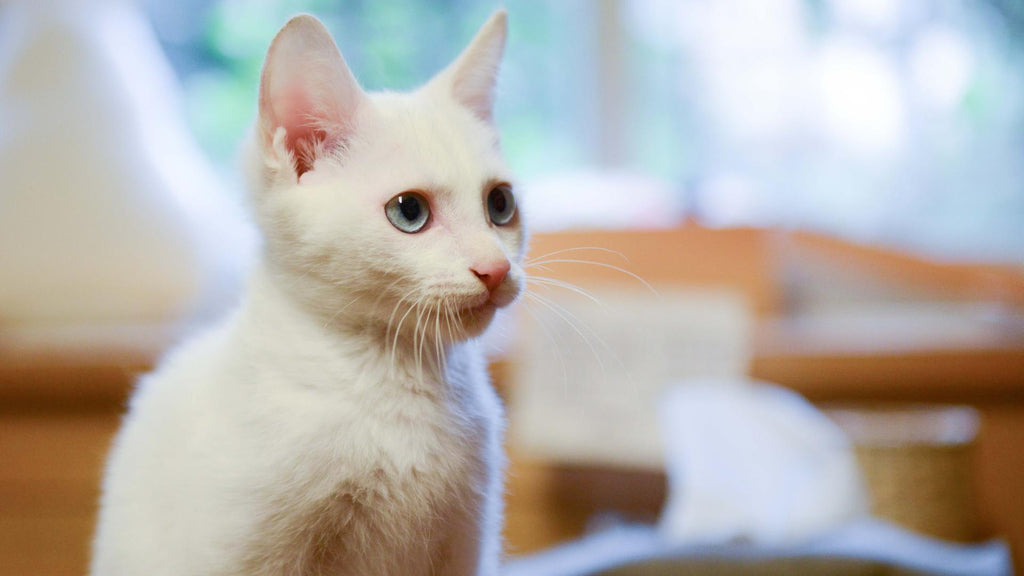
Cancer is one of the most serious health concerns that your cat can ever go through. Knowing its clinical signs can help in its early detection and consult with a veterinary oncologist as soon as possible.
Below you will find the common symptoms of cat cancer in most patients:
-
Lumps and bumps on your pet's body that never seem to go away even after several weeks
-
Poor appetite or significantly decreased appetite (even if you're serving his favorite chicken breast)
-
Sudden and unexplained weight loss
-
Persistent nasal discharge or chronic inflammation of mucous membranes in the nasal cavity
-
Difficulty eating or sudden weakness of the upper or lower jaw
-
Bad odor from the oral cavity
-
Excessive salivation and troubled breathing
-
Chronic bowel movement issues like diarrhea
-
Unexpected weakness of the facial tissues
We'd just like to emphasize that this list is not exclusive. There may be other symptoms that your cat can manifest when he is afflicted with this serious disease.
However, it is crucial to remember that the success rate of treatment significantly becomes higher if a cancer or tumor is caught early. Whether you're going for chemo, stereotactic radiation therapy, or other treatments, knowing the signs of cat cancer is really important.
Risk Factors that Can Make a Cat More Vulnerable to Cancer Development

Notwithstanding the strides that we've made in modern veterinary medicine over the years, the specific cause of cancer in cats is still unknown. However, either radiation therapy or chemotherapy is considered as a go-to conventional treatment protocol for this disease.
But the thing is some risk factors can make your cat more prone to feline cancer like soft tissue sarcoma and squamous cell carcinoma you should keep in mind. These risk factors are as follows:
Age
When your cat becomes much older, his overall immune system health tends to get weaker. His response to disease and illness is significantly affected, which makes it easier for common cancers and tumors to infiltrate his body and disrupt his normal cells.
This is the biggest reason why boosting your cat's immune health as early as now to keep cancers and tumors in check. Scheduling regular visits to the family veterinarian also plays a key role in helping prevent these wellness problems.
Environment and exposure to chemicals
While this may sound surprising, there is a possible link between a cat's environment and the likelihood of cancer development. Cats diagnosed with cancer are often exposed to environmental factors like chemicals and similar substances that can be harmful to their bodies.
These include cigarette smoke and emissions from vapes, as well as exposure to drain cleaners, bleaches, antifreeze, disinfectants with benzalkonium chloride, fertilizers, ammonia, herbicides, and rat poison. Some of these can even be fatal if they are ingested by your feline companion.
Heredity and breed
If either or both of your cat's parents have been afflicted with cancer or a tumor, chances are he could also be at risk of these serious health issues. If this is the case, make sure you reach out to a pet homeopathy expert or a vet to properly plan out your next steps.
Moreover, based on statistics, there are feline breeds that have a higher risk when it comes to cancer. These include Siamese cats, Persians, and Bengals. (You can find out more about the cat breeds that are prone to cancer when you click here.)
Underlying health issues
While having an underlying health condition does not automatically make your feline best friend vulnerable to cancer and tumors, it raises the possibility that they will be afflicted with this serious disease.
Akin to the effects of aging, having an underlying wellness problem like diabetes, Feline Immunodeficiency Virus (FIV), Feline Leukemia Virus (FELV), and Feline Lower Urinary Tract Diseases (FLUTD), among others, can have a significantly negative impact on your cat's overall immune response.
Does the Feline Immunodeficiency Virus (FIV) Cause Cancer?
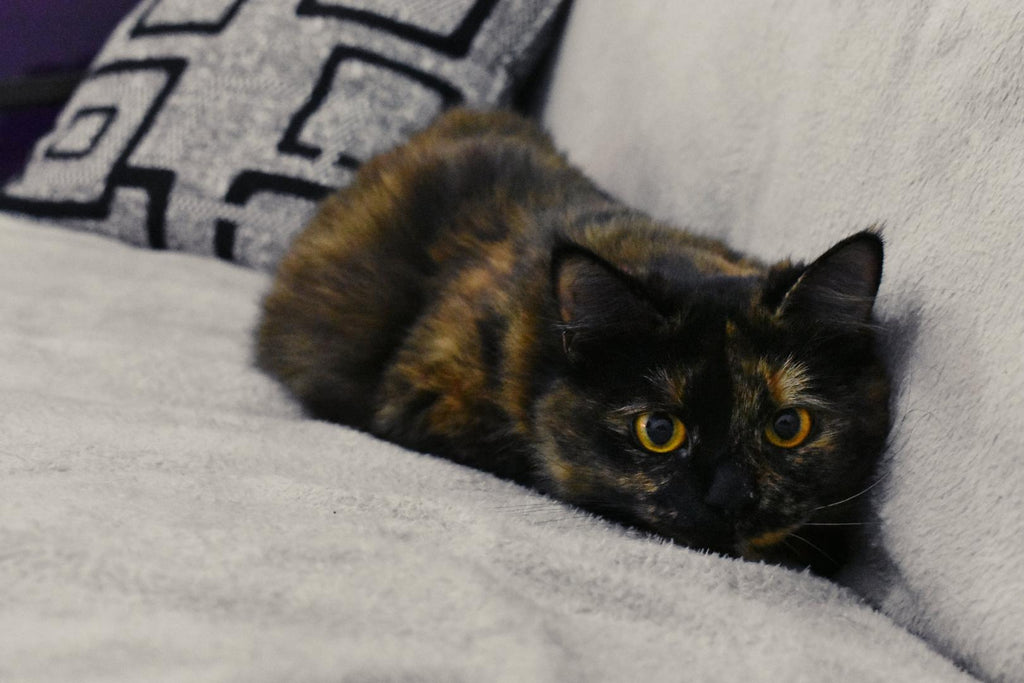
Studies show that the Feline Immunodeficiency Virus (FIV) is not a direct cause of cancer in cats. However, it may increase the likelihood that a cat will be afflicted with cancer sooner or later due to its adverse effects on the body's immune response.
The most common manifestations of FIV include neurological disorders, extreme changes in mood and behavior, seizures, unexplained weight loss, disruptions in the functions of internal organs, irregularities in the spinal cord and mucous membranes, as well as severe dental and oral health issues like gingivostomatitis.
Just to emphasize, humans cannot get FIV from cats. This virus is only specific to the feline species and will not affect other pets like dogs. There is no concrete scientific evidence that the FIV will cross-contaminate to pet parents.
Additionally, cats spayed early have lower chances of getting FIV. Likewise, one of the smartest options to keep FIV in check is getting cats spayed. Doing so prevents them from spreading the virus through mating.
Radiation therapy and chemo are not usually included in the list of feasible treatment options when it comes to the FIV.
Does the Feline Leukemia Virus (FELV) Cause Cancer?
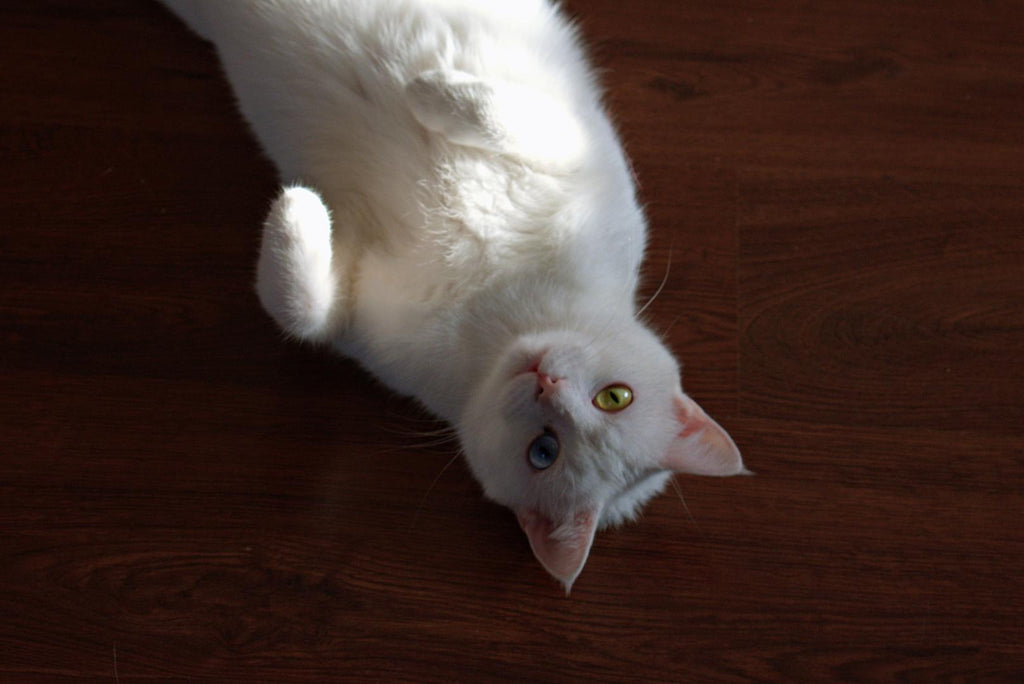
Akin to the FIV, the FELV does not directly cause cat cancer in an outright manner. However, it can significantly raise the possibility of your feline companion getting cancer of the lymph nodes and the bone marrow, which produces the red and white blood cells.
Besides potentially causing cancer affecting the blood-forming tissues in your cat's body, disruptions in the production of white and red blood cells can also make your pet more susceptible to issues with the brain or spinal cord like brain tumors, as well as soft tissue sarcomas, mammary tumor, squamous cell carcinomas, and oral tumors, among others.
Radiation treatment and chemo are usually among the conventional options available in veterinary medicine when these health issues are concerned.
A Quick Overview on Cat Chemo
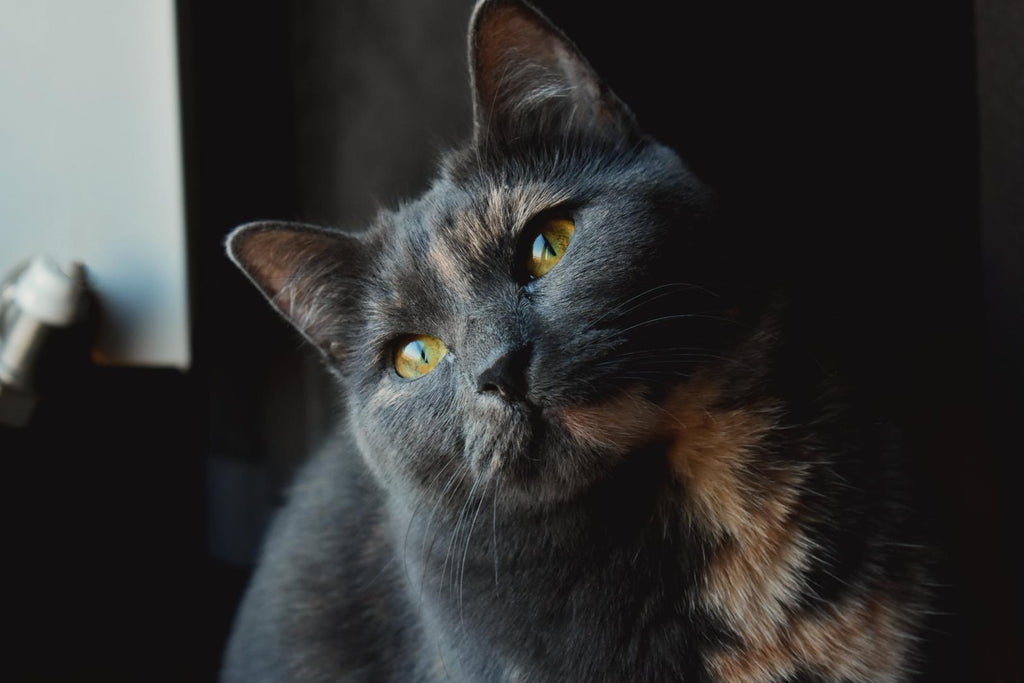
As the name says, chemotherapy is a chemical treatment, which aims to destroy cancer cells. It may also work for very large tumors. During chemotherapy, strong drugs are given either intravenously or orally as tablets at home.
Side effects of chemotherapy in cats
Side effects are reported less often in cats than in humans. We are talking about less than a quarter of animals that present unpleasant side effects and they are often brief. Less than 5% of animals present severe side effects.
In most cases, chemotherapy is used to improve the well-being and quality of life of the sick animal, hoping to have a positive effect on longevity at the same time. They are not necessarily used for curative purposes like in humans.
Possible side effects include nausea, vomiting, loss of appetite, loose stools, and increased susceptibility to secondary infections. Significant hair loss, irregularities in the chest cavity, and skin reactions are quite uncommon, though.
It is also important to take note that normal tissue and cells—particularly those found in your pet's skin—may also be affected during chemotherapy in felines.
How successful is chemotherapy for feline cancer (ex: squamous cell carcinoma)?
This question is difficult to answer, as chemotherapy treatments are often undertaken in animals already older in age with pre-existing medical conditions. The statistics are rather difficult to interpret. In some cases, cats can live for several years after starting treatment.
In addition, cats are excellent at hiding their pain. Cancer in felines is often diagnosed late because of this attribute. Their chemotherapy treatment field is often palliative, with the sole aim of slowing the cancer’s progression. Remission is rarely possible in these cases.
So should you put your cat through chemotherapy? It's up to you to see if your schedule and budget allows you to undertake such a treatment. Another thing to take into consideration is if you are willing to take the risk of your pet experiencing side effects.
How much does chemotherapy cost for cats?
Intravenous treatments are more invasive and require your cat to be hospitalized at the vet clinic. The cost of chemotherapy for cats therefore varies from one vet clinic to another, but we are easily talking about several hundreds of dollars.
For oral chemotherapy, the cost will vary greatly depending on the medication used and your pet's weight. Your vet can therefore better answer this question. Moreover, anesthetic procedures are generally not required when subjecting your cat to chemo.
What chemotherapy drugs are used to treat cancer in cats?
Several drugs can be combined to slow the progression of cancer while aiming for the minimum possible toxicity to the body.
While radiation therapy also involves the use of conventional drugs, these are primarily used to "radiosensitize" the target cancer and tumor cells so they will be more sensitive to the radiation field. Depending on the size and severity of the cancer or tumor, a radiation oncologist may make a few adjustments here and there.
As these drugs are toxic to the body, those who take care of the animal during treatment must be very careful and wear gloves, among other things, when administering the medication and when cleaning the litter box.
Your vet can guide you to the most appropriate medication for your cat. It could be Chlorambucil, for example.
Radiotherapy to Treat Cancer in Cats
A second type of classic cancer treatment that is used for cats is radiation therapy, more commonly known as radiotherapy. It is also referred to as radiation treatment. This cancer and tumor treatment is usually administered by a radiation oncology team.
As the name suggests, radiation is transmitted in a targeted manner at a tumor in an attempt to destroy it, or to reduce its size when it cannot be completely removed in surgery. The radiation is "contained" in a radiation field to target cancer and tumor cells more efficiently.
For example, radiation therapy in cats could be used for a tumor in the thyroid. A radiation oncologist may also recommend this type of treatment for soft tissue sarcomas, as well as hard-to-reach tumors like brain tumors.
How does radiotherapy work in cats?
Radiation therapy consists of several treatments (15 to 21) for 3 to 7 weeks. However, a radiation oncologist may adjust the periods depending on key factors like the size and location of the tumor or cancer in your cat's body.
Each radiation therapy treatment requires the animal to be anesthetized because it must remain completely still. Moreover, there is now stereotactic radiotherapy, which is much more precise and powerful, and therefore requires less treatment over time.
In cases where remission is unlikely, radiotherapy can be used for palliative care to maintain the comfort of the cat. It can be also used to help control pain and bleeding.
Side effects of radiation therapy in cats
The side effects of radiation therapy in cats are rather mild and may be limited to dry and red skin after treatment. Radiation damage must still not be taken out of the equation since there is a possibility that it can take place.
However, since the animal must be anesthetized for the radiation therapy treatments, convalescence following the anesthesia must be considered. This means your cat must be given ample time to recover from the last radiation therapy session before being subjected to another one.
The anesthetic risks must also be considered depending on the condition of the animal.
How much does radiotherapy cost for a cat?
Of course, the price of radiation therapy in cats varies wildly, but you can easily budget for a few thousand dollars.
The cost will depend on the size of the tumor, your cat's weight, the number of treatments needed, and the cost of the anesthesia and hospitalization at your vet clinic.
It should also be noted that only a few regular clinics offer radiation therapy treatment, so it is often necessary to consult a radiation oncologist in a referral center to know your best options.
Are Chemo and Radiation Therapy the Only Treatment Options for Cancer and Tumors in Cats
No, cat chemotherapy and radiation treatment are not your only options when dealing with feline tumors and cancers. You can also go for a more natural and gentle approach to support your cat during these serious health issues.
One of the premium natural products that you can use when cancers and tumors get in the picture is PIPTOPET. It is made using the medicinal mushroom called Piptoporus betulinus as an active ingredient.
Studies show that besides exhibiting antibacterial and anti-parasitic capabilities, this mushroom has also been seen to display cytotoxic and anti-proliferative characteristics against cancer cells. Compared to cat chemotherapy and radiation treatments, using PIPTOPET is not invasive in any way and will not make your pet susceptible to any adverse side effects.
In addition to strengthening the immune system of the cat remarkably, it can help the body to maintain health even in its fight against cancer cells thanks to its anti-tumor properties. The body attacks unhealthy cells while leaving healthy cells intact.
This premium natural product can also be used before or after a cancer diagnosis. Moreover, PIPTOPET can be used in addition to chemotherapy treatment as well.
Conclusion
In summary, if your cat is diagnosed with cancer, that doesn't necessarily mean the end. Surgical removal can be attempted, along with chemotherapy or radiotherapy treatment. You can also use premium natural products like PIPTOPET.
Once again, I’m sorry if you have had to go through this with your pet and I wish you the greatest of courage in accompanying them in this fight. Remember that all of us here at Zumalka are with you in giving your pet the quality of life you've always wanted.
You can also schedule an online consultation with us at any time if you're looking to get in touch with a certified pet homeopathy professional. Apart from doing away with the hassle of actually going to the vet's clinic, it is also aimed at getting to the root problem and not just taking care of the symptoms.


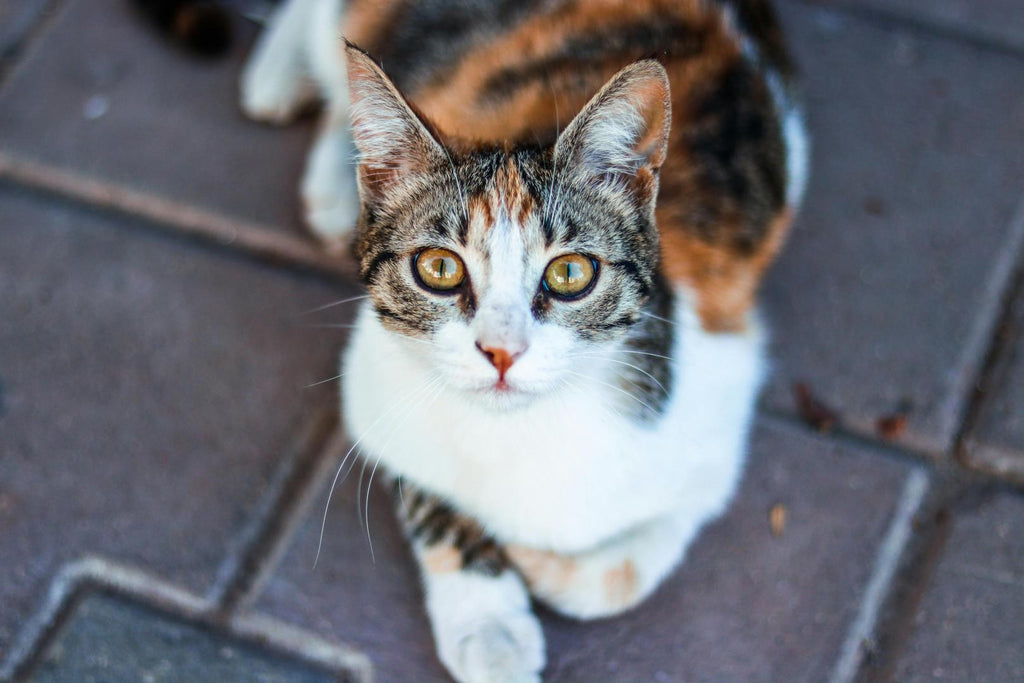

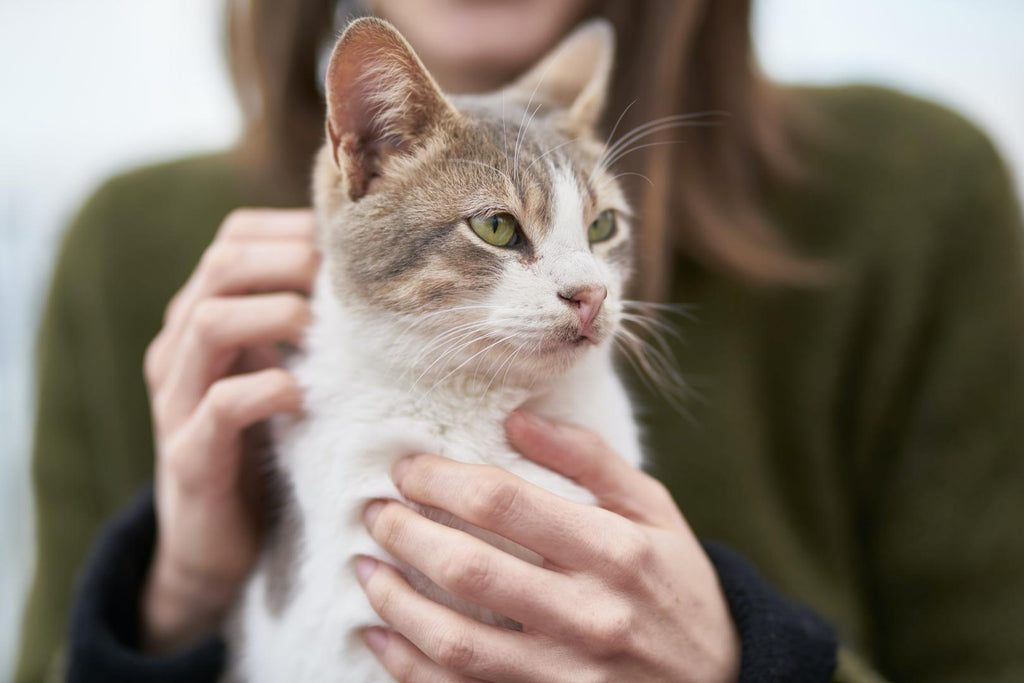




Leave a comment